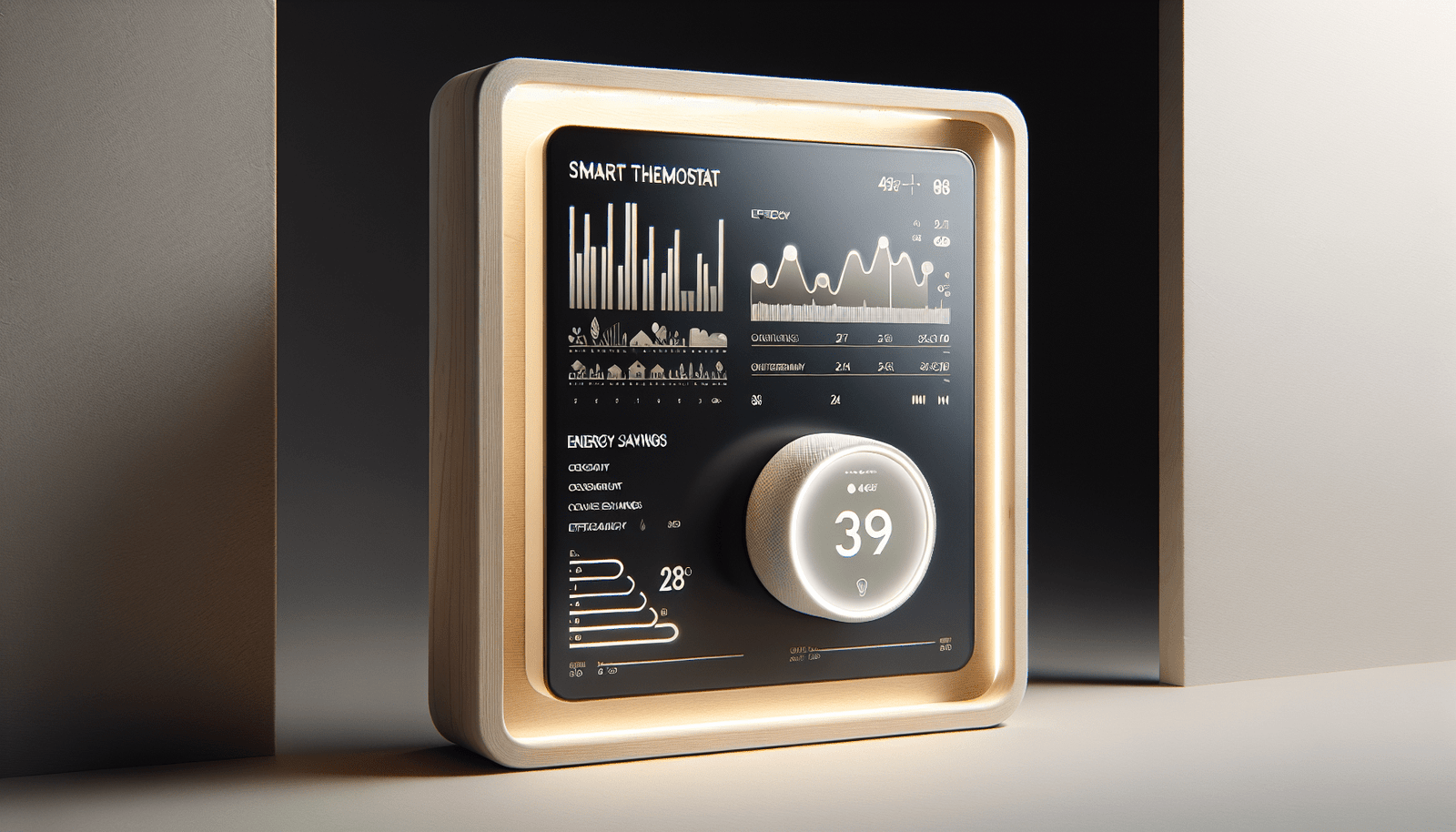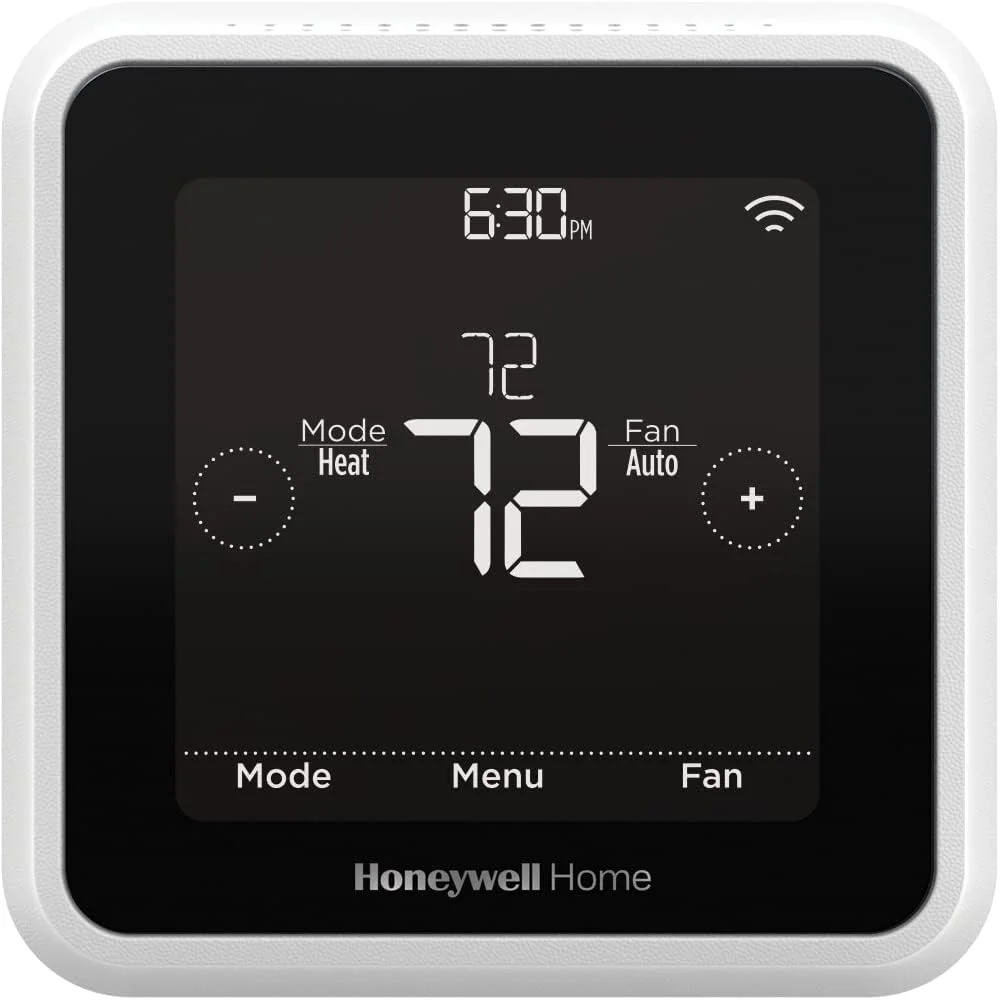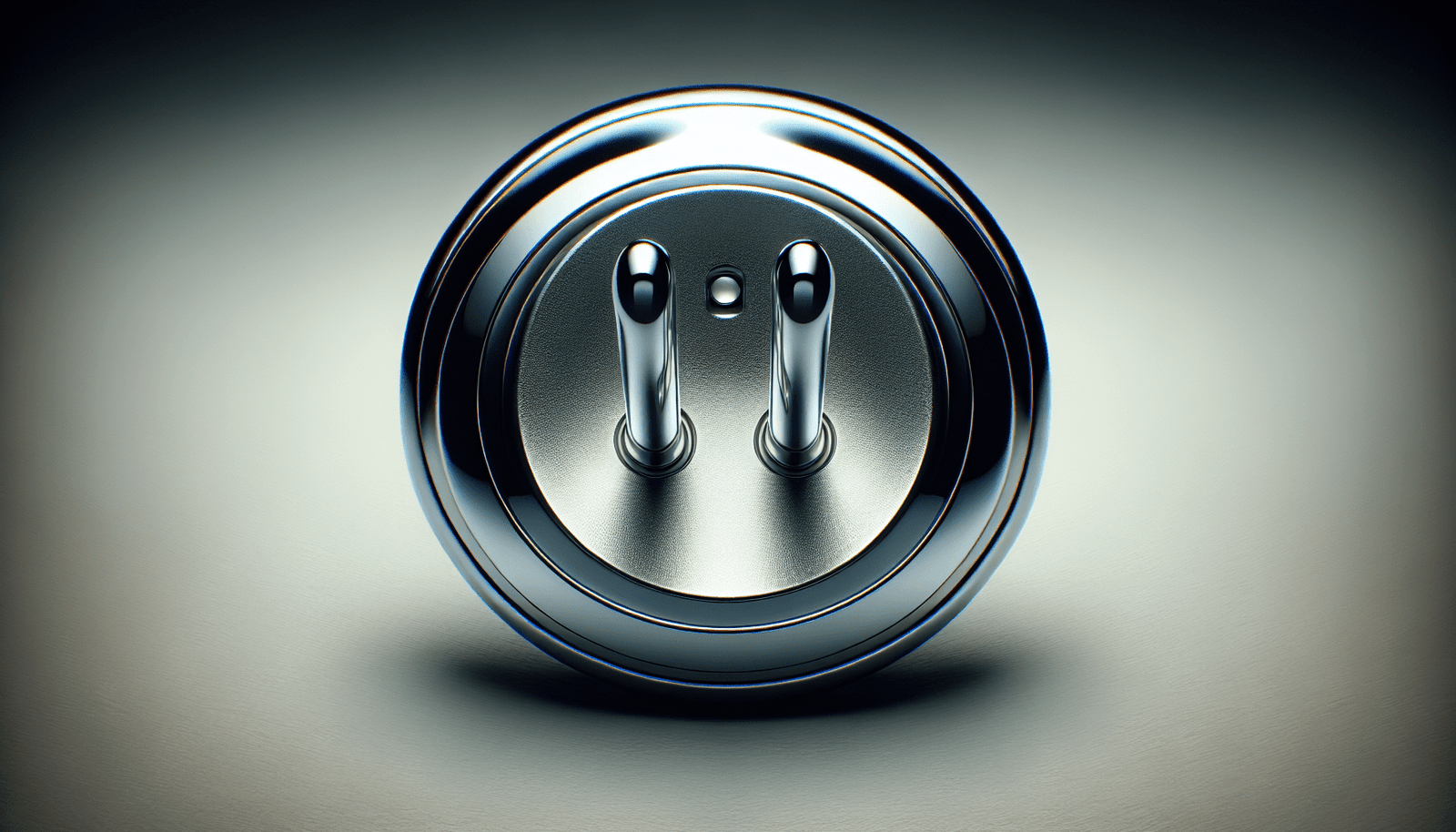Have you ever wondered just how much a smart home could save you in terms of money and convenience? The idea of living in a smart home is becoming more appealing and accessible as technology evolves. With devices that can automate various aspects of day-to-day home management, smart homes are designed to offer not just convenience and luxury, but also potential financial savings.
What is a Smart Home?
Before diving into the potential savings, it’s essential to understand what constitutes a smart home. A smart home uses internet-connected devices that enable remote management and monitoring of systems and appliances such as lighting, heating, security, and more. These devices often integrate with hubs or platforms that allow you to control them via apps or voice commands.
Types of Smart Home Devices
smart home devices range from security cameras and smart locks to thermostats and lighting systems. They’re designed to communicate with each other, allowing for seamless integration. Common categories include:
- Smart Lighting Systems: Adjust lights remotely or automate them based on your schedule.
- Smart Thermostats: Optimize heating and cooling for maximum efficiency.
- Home Security Systems: Enhance home security with cameras, sensors, and smart locks.
- Smart Appliances: Use AI to optimize device operation, reducing waste and energy use.
Cost Considerations and Initial Investments
Transitioning to a smart home involves initial costs that might seem daunting, yet the potential for savings could outweigh these early expenditures.
Cost of Smart Devices
Smart devices vary in price based on their complexity and features. For example:
| Device Type | Price Range |
|---|---|
| Smart Thermostats | $100 – $300 |
| Smart Security | $200 – $600 |
| Smart Lighting | $20 – $200 per bulb |
Installation Costs
Some devices are plug-and-play, permitting easy installation with no professional help. Others, like sophisticated security systems, might need professional installation, adding to the overall cost. It’s important to consider these additional installation expenses when planning your budget.

Long-term Savings and Return on Investment
Although smart home devices require an upfront investment, they can result in significant savings over time through energy efficiency and automation.
Energy Savings
Smart thermostats, such as those by Nest or Ecobee, learn your habits and optimize heating and cooling, potentially reducing energy bills by 10%-15%. Smart lighting systems enable you to control lights remotely or automate them to switch off when no one is home, further diminishing energy use.
Maintenance and Operational Efficiency
Maintenance becomes more straightforward and less costly with smart devices. For instance, smart sensors can detect leaks early, preventing expensive water damage repairs. Smart appliances running optimally use less power, diminishing wear and tear while increasing the lifespan of these devices.
Real-world Comparisons and Examples
The benefits aren’t just theoretical. Many households have testified to the transformative effects of smart home technology.
Case Study: Smart Thermostat Integration
Consider a household that integrated a smart thermostat. They experienced a noticeable reduction in heating bills, with an average savings of around $200 annually. Over a few years, this saving not only covered the initial investment but also led to net savings.
Smart Security Payoff
Imagine a smart security system that averts potential break-ins. Not only does it minimize theft risk, but insurance companies might offer lower premiums, recognizing the enhanced security measures. The potential indirect savings and added peace of mind enrich the overall appeal of such systems.

Practical Setup Guides
Feeling a little intimidated about setting up a smart home? Fear not, as many of these systems are designed with user-friendliness in mind.
Smart Thermostats Installation
Most smart thermostats come with detailed instructions and are designed for self-installation. Essential steps include turning off power to your heating system, labeling wires during disconnecting, and connecting them to the new thermostat as marked.
Setting Up Smart Lighting
Starting small with smart bulbs or switches can help ease into smart lighting. Replace existing bulbs with smart counterparts or install smart plugs to control lamps remotely.
Security, Privacy, and Best Practices
A frequently raised concern around smart homes is security and privacy. With devices connected to the internet, vulnerabilities can occur, but there are effective strategies to protect your home.
Secure your Network
Protecting your home starts with a secure network. Use a strong, unique password and consider a guest network for your smart devices separate from other personal devices.
Regular Updates
Keep firmware and applications updated to benefit from the latest security patches. Many devices update automatically, but it’s wise to verify this regularly.
Energy Efficiency and Environmental Impact
Feeling eco-conscious? Smart homes shine in impressively reducing energy consumption, placing less strain on power resources.
Reducing Carbon Footprint
By automating heating, cooling, and lighting, smart homes effectively reduce unnecessary energy consumption, thereby lowering your carbon footprint. Appliances that operate efficiently further minimize resource waste.
Compatibility and Connectivity
Choosing the right devices ensures they work seamlessly together and are compatible with your existing system.
Choosing Compatible Devices
Research devices that fit within the ecosystem you wish to build. Popular platforms include Apple’s HomeKit, Amazon Alexa, and Google Assistant. Ensure new devices are compatible with your chosen system for a smooth operation.
Future-proofing and Technological Advancements
Smart home technology is rapidly evolving. Keeping an eye on trends ensures your investment retains its value over time.
Emerging Trends
Artificial intelligence and machine learning continue advancing, enhancing device learning capabilities and efficiency. Future innovations may bring even more cost-saving opportunities and convenience.
Keeping Up to Date
Stay informed about new device releases and updates to benefit from the latest advancements. Following industry news and blogs can give you insights into upcoming technologies worth considering.
Is a Smart Home Right for You?
After reviewing these aspects, are smart homes within your reach and preference? Determining whether a smart home fits your lifestyle involves considering costs against expected savings, convenience, and your interest in technology.
Evaluate Your Needs
Consider whether the convenience, energy savings, and enhanced security align with your current needs and budget. Smart homes offer flexibility to invest in devices incrementally, mitigating initial costs while gradually enhancing automation and convenience levels.
By weighing the various elements involved in smart home integration, homeowners can make informed decisions that lead to both satisfaction and prudent financial savings. More so, adopting smart technology doesn’t merely imply financial savings; it equates to embracing a future where your home is attuned to your comfort, security, and ecological sensibilities.




